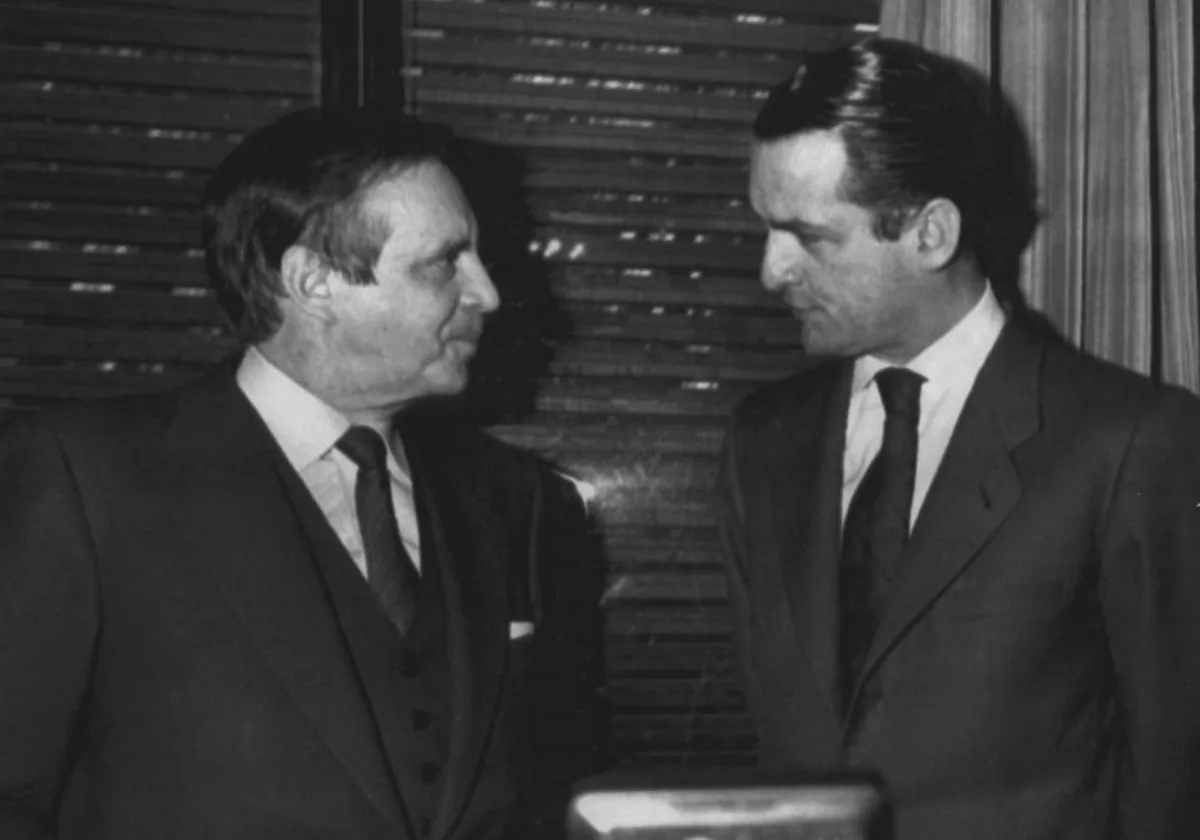Almost forty years without a hostile takeover attempt of the Spanish banking system

The Basque bank, then headed by José Ángel Sánchez Asiain, Spain’s fourth largest bank, was looking to merge with another organization to increase its size and expand internationally. The chosen one was Banesto, who, although he was second in the ranking, was going through very difficult times of management and leadership. That same November, José María López de Letona resigned from his positions as vice president and general manager of Banesto because he was not supported by the majority of the company’s historical directors in his position of rejecting Mario Conde’s requests for control. just got into the bank with money received from the sale of antibiotics to the Italian Montedison.
In November, Banco de Bilbao attempted a friendly merger for the first time. He offered Banesto shareholders six new shares plus one old Bilbao share for every ten Banesto shares, as well as 15,000 pesetas in cash from then on (€57.33), which represented a 40% premium. But Banesto’s board of directors rejected this proposal.
Next up was a hostile takeover bid for Bilbao. The next day, Pablo Garnica was replaced as President of Banesto by Mario Conde. Military operations began. Five days later, Banco de Bilbao was forced to abandon the attempt promoted by the regulator because the operation was dependent on a capital increase, which did not happen because it had to be approved by the shareholders meeting.
The hostile takeover failed and we all know how Banesto ended. With a hole of 600 billion pesetas (3,600 million euros) and the intervention of the Bank of Spain on December 28, 1993. Mario Conde was sentenced to twenty years in prison for fraud and embezzlement in Banesto.
In any case, the bank’s management changed after the failure of the hostile takeover. The Bank of Bilbao turned to Vizcaya. José Ángel Sánchez Asiaín and Pedro de Toledo agreed over dinner in 1988, immediately after Three Kings, to team up on equal terms. Both banks were among the most profitable in the sector, and when they told Economy Minister Carlos Solciaga about this, his initial reaction was not very enthusiastic. He preferred that mergers allow a profitable company to absorb a less profitable one. He eventually agreed and BBV was born, to which the letter A would later be added to stand for Argentaria.
Since then, there have been no more hostile takeovers in the Spanish banking industry, but many mergers and acquisitions have occurred. Everything has been agreed upon between the parties and, of course, with the Bank of Spain. The latest mergers on the Spanish banking map were Caixabank-Bankia and Unicaja-Liberbank, both mergers by acquisition were agreed at the end of 2020 and materialized in 2021. Between the 2008 financial crisis and its aftermath, there were integrations, mergers and acquisitions of savings banks and banks, increasing their number from 55 to a dozen.
Other offers
Spanish banks have carried out other hostile takeover attempts, but outside our country. For example, BBVA launched a takeover bid for Banca Nazionale del Lavoro (BNL) in 2005, but withdrew a few months later due to the emergence of a “white knight” (a company friendly to the takeover bid to present a better offer). . to counter the hostile), the insurer Unipol, who came to the defense of BNL.
Banco Santander succeeded in taking on ABN Amro in 2007 with the help of Fortis and Royal Bank of Scotland. They managed to buy it and share it. Santander retained the business in Italy, which it sold shortly thereafter for a million-dollar profit.
In the case of BBVA’s hostile takeover bid for Sabadell, which does not have a solid core of shareholders to stop the Basque bank, the outcome is more difficult to predict.